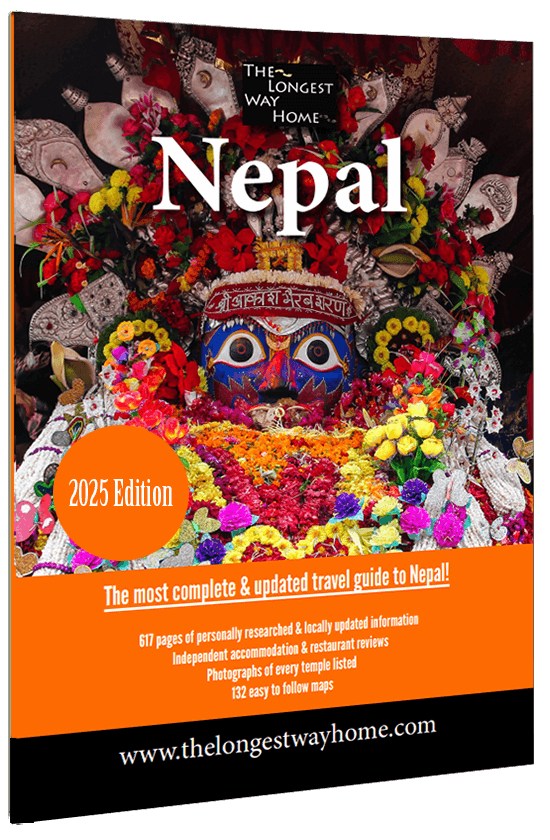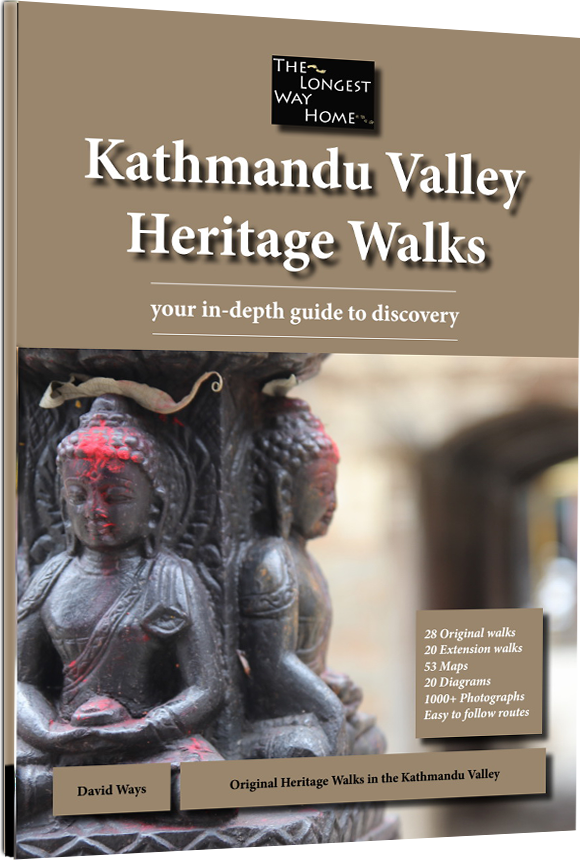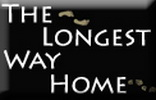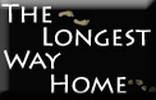About Patan Durbar Square
Patan Durbar Square is located in the center of Patan city (Lalitpur) which is only a 30 minute drive from Kathmandu city. It is one of three main ancient royal durbar squares in the Kathmandu Valley. There are more, so do read on.

Though Patan Durbar Square is the smallest of all durbar squares it is often referred to as the most beautiful of all. This is not hard to see as the square is crammed with exquisite temples compared all within a close proximity to each other in comparison to the spacious Bhaktapur Durbar Square and the current broken chaos of Kathmandu Durbar Square.
Of all the durbar squares in the Kathmandu Valley Patan seems to have more restoration projects than any other. Patan Durbar Square is also right in the middle of the overall heritage zone of Patan city making it an excellent area to base yourself from during a visit.
Contrary to media reports Patan Durbar Square was not devastated nor flattened by the 2015 earthquake. Two major temples collapsed and some others were damaged. It remains one of the most restored and beautiful areas in Nepal
Did you know?
Patan Durbar Square is filled with a mix of Hindu, Buddhist and Newar temples. As an ancient Newari city this tantric mix has given Durbar square one of the most diverse collections of monuments in all Nepal.
In 2024 several temples in Patan Durbar Square are under reconstruction. There are fences around the reconstruction sites and scaffolding. Do read below to make the most out of your trip to Patan by exploring beyond just Durbar Square!
History of Patan Durbar Square
Some scholars put the origins of Patan Durbar Square back to just after the Licchavi era ended in 879CE.  This was when the Thakuri kings ruled several parts of Nepal. The evidence for this is sparse but it is believed a royal palace of one kind of another was in Patan Durbar Square during that time.
This was when the Thakuri kings ruled several parts of Nepal. The evidence for this is sparse but it is believed a royal palace of one kind of another was in Patan Durbar Square during that time.
The Pradhana cast are also believed to have been associated with the square just before the more famous Malla kings rose to power. It is in the 1600s during the Malla era that Patan Durbar square truly rose to actual fame.
King Siddhinarasimh Malla is largely associated with starting the race for the most beautiful city in the Kathmandu valley. This is when the other Malla kings of Kathmandu and Bhaktapur joined in to "out do" each other artistically. However, by the end of the 18th century the three kingdoms where united as the Mallas were overthrown by the Shahs. The great artistic Malla era ended and the Shah Dynasty started following which the country united into that is now known as Nepal.
Things to see & do in Patan Durbar Square
Patan Durbar Square is relatively small and easily covered in an hour or two. It's important not to think that Patan Durbar Square is the only thing to do in Patan. The whole of Patan city is filled with interesting places and it's well worth spending your day there if you are a culture lover.
Throughout 2024, expect to see a lot of scaffolding in Patan Durbar Square due to the ongoing reconstruction efforts. Do not be discouraged. It's different from most reconstruction sites in that you can often get up close to stone masons and carpenters recreating these old temples. Obviously, due caution is needed and you should not enter fenced-off areas. Moreover, there's also a lot more to Patan than just Durbar Square!
Many of these other sights are free to visit. Do read my Patan city guide for more on things to do in Patan.
The best place to start in Patan Durbar Square is at the southern end near the ticket office. See the map below along with some details on the sights. For better, more detailed maps and guides to the whole of Patan, get my guidebook to Patan or better yet my guidebook to all of Nepal!
If you are curious to see what everything looks like after the earthquake, then here's a photograph of Patan Durbar Square.
We start by looking at temples on the left-hand side of Patan Durbar Square. A full heritage walk that you can do yourself without a guide is available in my books at the bottom of this page.
Chyasin Dewal: 
The very first temple you will come across is Chyasin Dewal, one of two Krishna temples in the square. The attractive octagonal solid granite temple was built in 1637-47 by Siddhi Narasimha and is worthy of a walk around as it is one of the square’s best examples of solid stone temples.
Do note the two stone lion guardians at the bottom of the platform steps leading to the first floor. Inside here is the statue to Krishna. Two stone floors above have unique balconies .
.
Taleju Bell:
Just north of the Krishna Temple is a huge cast-iron Taleju Bell. Mounted between two stone pillars, it was erected in 1736-37 and rumored to terrify the king’s enemies when it was rung. More likely, it was used to signal incoming invaders and later city announcements.
Hari Shankar Temple (destroyed in earthquake):

Built in 1706, it was dedicated to Shankar Narayan deity who is half Shiva and half Vishnu. In front were two heavy stone elephant guardians who still stand today. Full description and photographs of what they used to look like and will do again are found in my guidebooks.
Jagan Narayan Temple (destroyed in earthquake):
The second major temple to collapse in the 2015 earthquake was once the oldest in the square and was built in 1566. It used to be used for political speeches. Again, full descriptions are in my guidebooks at the bottom of this page.
Krishna Mandir:

One of the most remarkable stone temples ever built only took six and a half short years to construct it in 1637. This elaborate temple is dedicated to Krishna and worth some minutes to enjoy. Opposite it is a beautiful Garuda mounted on a column.
Vishwanath temple:

Vishwanath is a manifestation of Shiva. The temple was built between 1676-78 during a time when King Siddhi Narsingh witnessed the moguls destroy the Vishwanath Temple in Banaras. Today, you can view two stone riders on elephants guarding it.
Bhimsen Mandir Temple:

Our last temple on the left-hand side moving up Durbar Square was built in 1680 at a time when all three kingdoms in Nepal were at peace. It’s dedicated to the Newari god of traders Bhimsen. There's a fire pit opposite it for rituals and a tall pillar.
Crossing over to the other side of the street, you'll see a large hiti or sunken water source known as Manga Hiti. Though damaged, it still functions today though without its gates.
Keshab Narayan Chowk/ Patan Museum:
Running along the wall of the old palace is an ornate doorway. It leads to part of Patan Museum. If you enter, it will also give you access to Mul Chowk and Sundari Chowk.
Mul Chowk:
Damaged during the earthquake renovation, it is nearly complete. Today, it's often used as a restoration area by artisans. The courtyard was built in 1666 and is known as the heart of Durbar Square. It is now quite plain aside from the gilded figures straight ahead, Ganga and Jamuna, goddesses of the river system that runs from the Himalaya, and the copper shrine in the middle. Two decades ago, the courtyard was richly decorated in woodwork until several thefts left it bare. Continue through to Sundari Chowk.
Sundari Chowk:
The centerpiece attraction is without doubt the stunning Tushahiti step-well in the center of the courtyard. Built in 1647 by King Siddhinarasimha Malla for ritual ablutions.
Bhandarkhal Tank:
Don't leave Sundari Chowk without taking a quick look to the rear where the fully restored Bhandarkhal tank or pond now lies. Built in 1667, it was once Durbar Square's main supply of water.
Explore some more not shown in any other guidebook. There's so much more to Durbar Square here that no other guidebooks know about. And neither do many of the local guides who often just rush through the "main sights". These "unknown areas", include several hidden doors leading to wonderfully preserved areas not visited by tourists. Including Keshav Narayan Chowk and the royal dance house. Details of these and much more coverage of the above is available in my guidebook to Patan.
Entrance fees to Patan Durbar Square
There is a 1000 rupee fee to enter Patan Durbar Square which includes entrance into the Patan museum.

While many people do complain about the high price, it's certainly worth it if you thoroughly explore the area instead of just looking at the main temples. You can also get free return visits once you've visited once. Again, more information is available in my guidebooks. There is talk that the entrance of Durbar square will be extended to all of the old city. But as of yet, it has not happened.
Tour guides at Patan Durbar square: A typical tour guide for Durbar square costs from 1000 rupees upwards (though many will try to charge more) for about an hour. Generally speaking they are not worth the price, are not well trained and during peak season will rush your through so they can pick up another tourist arriving. They are not yet regulated and many tout unofficial badges made up in printing shops. A good guidebook is a better choice as Durbar Square is very easy to navigate.
Explore beyond Patan Durbar Square
Patan Durbar Square is quite small. In fact, of all the Durbar Squares in Kathmandu, it's noted as being the smallest but the one packed with more temples than any other.

This is true, but in 2019, many of these temples are under reconstruction - despite many tour operators and promotions using old stock photos to advertise the square as it once was.
For those who want to have the best value for money, then I highly recommend you visit not only Patan Durbar Square but the rest of Patan city as well. Everything is very close and walkable. In my opinion, there's more to explore and discover outside Patan's historic Durbar Square than in it! And you'll get a hint of these great places in my online guide to Patan or for those who really want full maps and diagrams of all these places, then they can be found only in my book Kathmandu Valley Heritage Walks. For those on a short stop to Patan, you can find shorter walks and places to discover in my complete Nepal guidebook.
My best advice to anyone visiting Patan Durbar Square in 2024 is to avoid booking an online or in-country tour. They are expensive, and you still have to pay the entrance fee. Moreover, the tours do not take you very far out of Patan Durbar Square. They make going to the Golden Temple their limit. There's so much more. So, grab a guidebook below and make the most out of your trip!
Map of Patan
You can use this map of Patan for both the highlights mentioned in this guide, suggesting walking tour, ticket office locations and bus stop/ taxi locations.
Accommodation & hotels near Patan
Unless you really want to stay in Patan, my advice is to simply take a day trip out from Kathmandu rather than change hotels. Check out Kathmandu accommodation here.
However many people do want to stay for a longer period in Patan, so here are some hotels to chose from.
High-end:
Summit Hotel - Excellent long standing hotel with a lovely garden and pavilion. Rooms are trim & proper. It's not in walking distance to Durbar Square though. (USD$145+)
Mid-range:
Hotel Clarion Patan - well decorated and serviced hotel. Clean with a nice restaurant. Wifi works (USD$45+)
Traditional Homes Swotha - Very well maintained, clean hotel decorated in traditional Newari Style (USD$55+)
Hotel Goodwill - Pool, sauna WiFi, laundry service, LCD televisions (cable). Restaurant on site and very peaceful. Some excellent room rates. (30+)
Budget:
Durbar Guest House - One of the few remaining budget guesthouses in Patan. Simple rooms that are clean but not wall maintained. (USD$8+)
Looking for more accommodation in Patan? Try my hotel search below for the best rates.
Get my Guidebooks for the best in heritage walks!
Liked this page? You'll love my books!
100% independent guidebooks, with no sponsored trips or ads. Designed to help travelers get the most out their trip to Nepal with premium detailed guides, insider information, impartial hotel and restaurant reviews, complete trekking routes, dedicated heritage walks & much more ...
Available in print or digital editions - the best guidebooks for visiting Nepal.
 |
 |
Full Nepal Guidebook
|
Kathmandu Valley Heritage Walks
|
Was this page helpful to you? If so please tell others!


